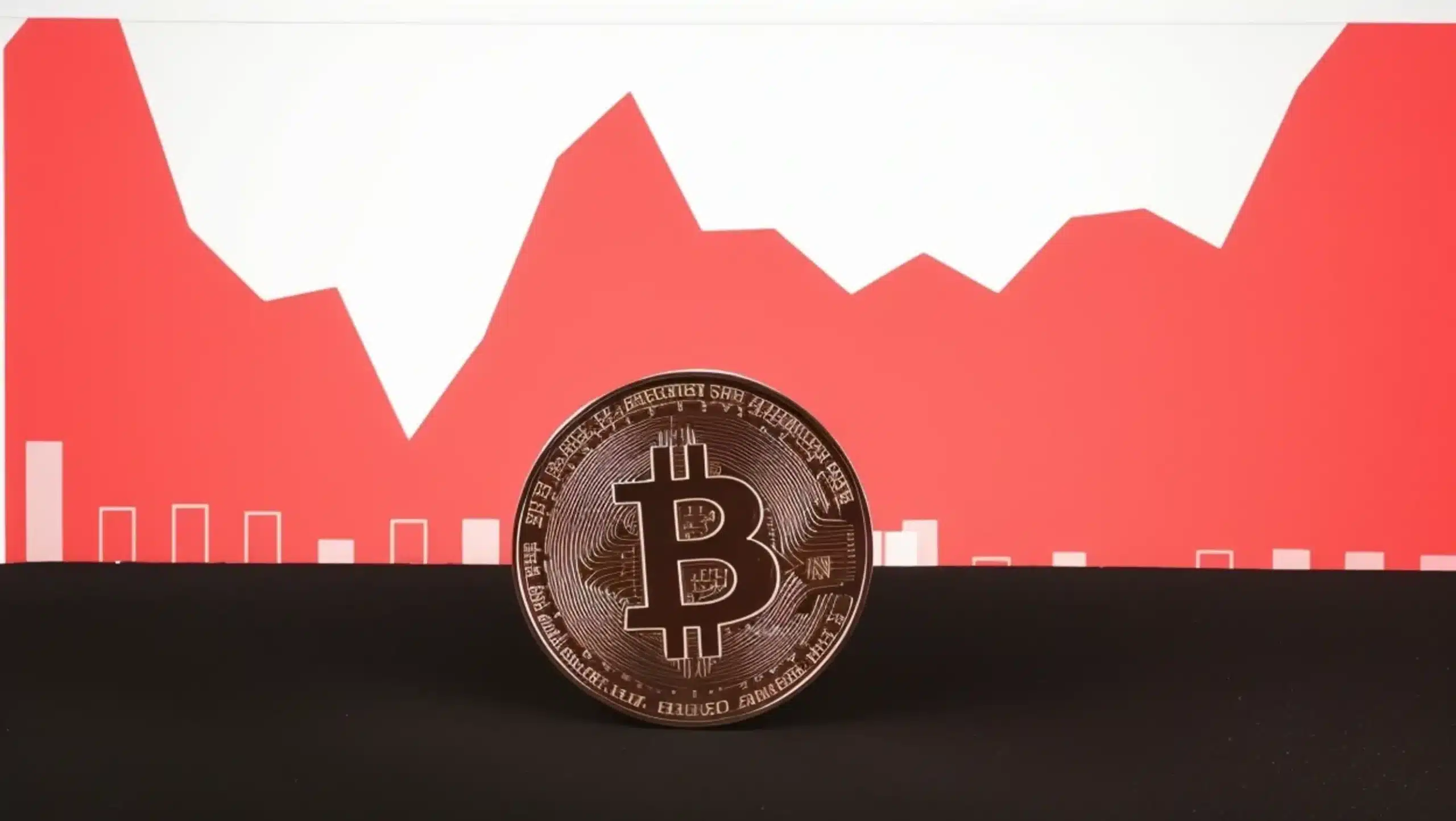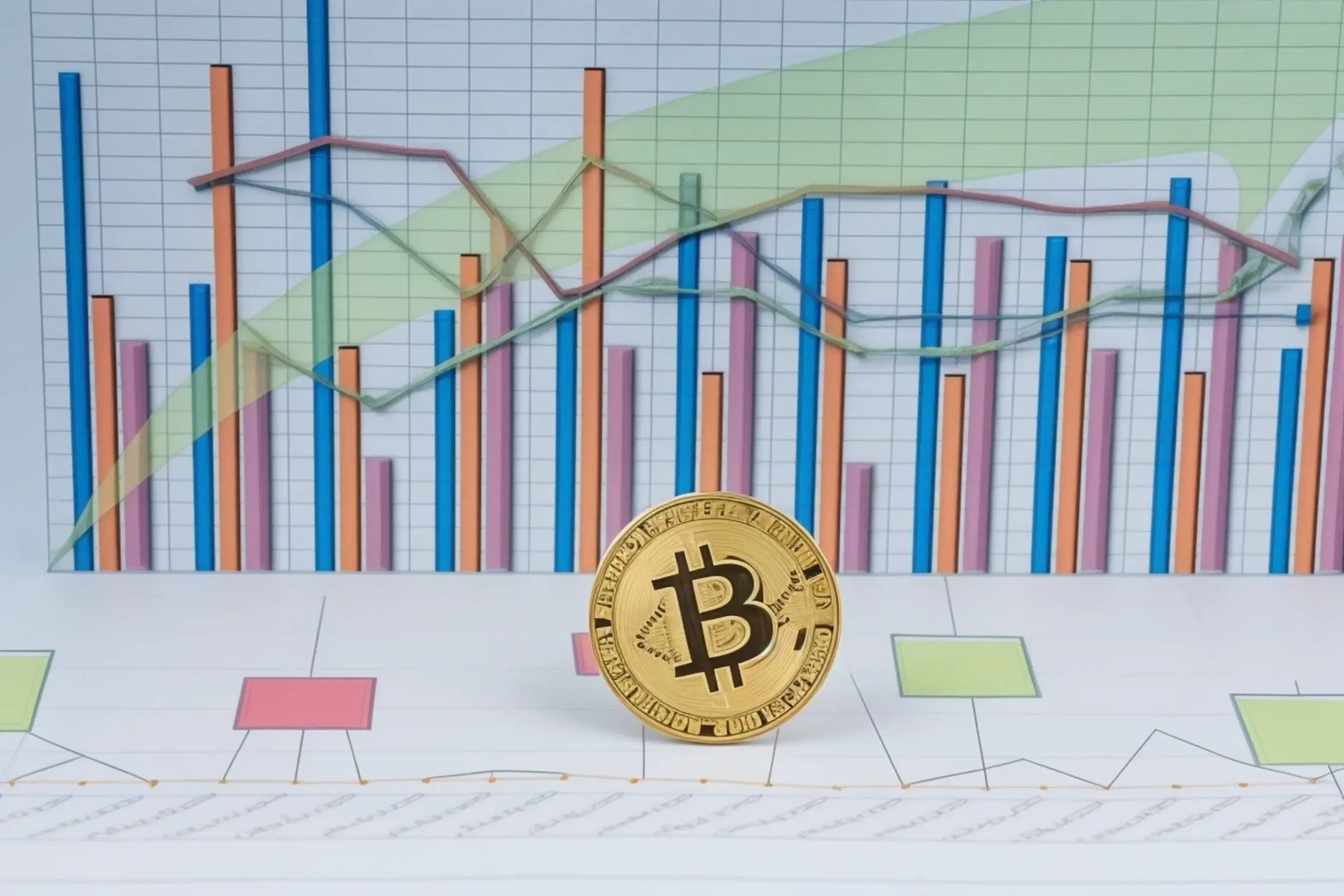How Institutional Investors Are Using Altcoin ETFs to Diversify Portfolios
As the cryptocurrency landscape evolves, institutional investors are increasingly turning to altcoin ETFs to diversify their portfolios and mitigate risks. This shift not only reflects changing market dynamics but also offers fresh investment opportunities for those looking to harness the potential of altcoins.
The Evolution of Altcoin ETFs
The rise of altcoin ETFs marks a significant development in the financial markets, driven by both institutional demand and a broader acceptance of cryptocurrencies. Initially focused on Bitcoin and Ethereum, altcoin ETFs, such as those developed by Grayscale and Bitwise, are now capturing a diverse range of alternative coins, encouraging a more inclusive investment approach.
Key players such as Grayscale have paved the way by offering investment vehicles that allow investors to gain exposure to altcoins without needing to hold the assets directly. This approach not only simplifies the investment process but also enables institutions to diversify their cryptocurrency investments beyond Bitcoin. With various altcoins like Solana and Litecoin gaining traction, institutional investors now have multiple options to enhance their portfolios through altcoin ETF listings.
Regulatory Shifts Impacting Altcoin Investments
Recent regulatory changes in the U.S. have had a considerable impact on the landscape surrounding altcoin ETFs. The approval of these investment vehicles has fostered institutional confidence, providing a framework for safer investments in cryptocurrency markets. Specific regulations aimed at providing clarity and security for investors have contributed to the expansion of altcoin ETFs to a broader audience.
For instance, new guidelines set forth by the SEC and other regulatory bodies have clarified the compliance requirements for companies offering altcoin ETFs. These standards serve to protect investors from fraud and market manipulation, which have historically plagued the cryptocurrency space. With clearer regulations, institutions feel more assured in investing in altcoin ETFs, which has led to a surge in interest and investment.
Current Landscape of Altcoin ETFs and Rock-Solid Options
The current market for altcoin ETFs includes popular options such as Litecoin ETFs and Solana ETFs. These investment vehicles have witnessed substantial growth, as institutional investors increasingly favor alternatives to traditional assets. For example, Bitwise’s Solana ETF (BSOL) has already accumulated approximately $450 million in assets, showcasing strong market demand and acceptance among investors.
As altcoin ETFs continue to flourish, they significantly impact traditional Wall Street ETFs. Investors are starting to view altcoins as viable alternatives or complements to conventional investments, recognizing their potential for growth. Thus, the blurring lines between these two asset classes may lead to broader changes in portfolio diversification strategies across institutional landscapes.

Institutional Adoption of Cryptocurrency Investments
Institutions are favoring altcoins over traditional investments for a variety of reasons. One primary factor is the opportunity for enhanced returns presented by alternative cryptocurrencies, which can theoretically provide higher upside in volatile markets. With increasing awareness of digital assets, institutional investors are shifting their strategies to include a broader spectrum of cryptocurrency investments.
Furthermore, the benefits of diversifying portfolios with altcoin ETFs become clear amidst the uncertain economic climate. Institutions look to mitigate risks while maximizing potential returns, driving the demand for altcoin ETFs. This evolving landscape indicates that institutional investors are likely to continue exploring altcoins, further establishing them as a legitimate category within modern investment portfolios.
Market Trends Driving Altcoin ETF Growth
Several market trends are fueling the rising popularity of altcoin ETFs. First, there has been significant capital inflow into the altcoin ETF market, driven by an increasing number of institutional assets seeking exposure to alternative cryptocurrencies. Alongside this, consumer awareness and demand for options beyond Bitcoin and Ethereum are growing.
A trend among younger investors, who are more open to exploring digital assets, is influencing market dynamics as well. Institutions are responding by developing strategies that cater to this demographic, leading to a deeper engagement with altcoin ETFs. Investors are now aware that diversifying their holdings can significantly impact their long-term financial goals, especially as alternative assets continue to gain traction in mainstream investment discussions.
Strategic Considerations for Investors Embracing Altcoin ETFs
For investors considering altcoin ETFs, several strategic considerations should be addressed. Understanding the risk management strategies is crucial, as altcoins can exhibit high volatility compared to traditional assets. Therefore, it is essential to evaluate opportunities effectively, ensuring that investments align with personal risk tolerances and overall portfolio objectives.
Best practices for evaluating altcoin investment opportunities include researching the underlying coins, monitoring performance metrics, and remaining informed about market trends. By approaching altcoin ETFs with a clear strategy and informed perspective, investors can harness the potential of these cryptocurrency vehicles for long-term growth.
In conclusion, as altcoin ETFs continue to evolve, they are transforming how institutional investors approach portfolio diversification in the cryptocurrency domain. By understanding the dynamics of altcoin investments, institutions can better position themselves for future opportunities and challenges in this rapidly changing market.




















